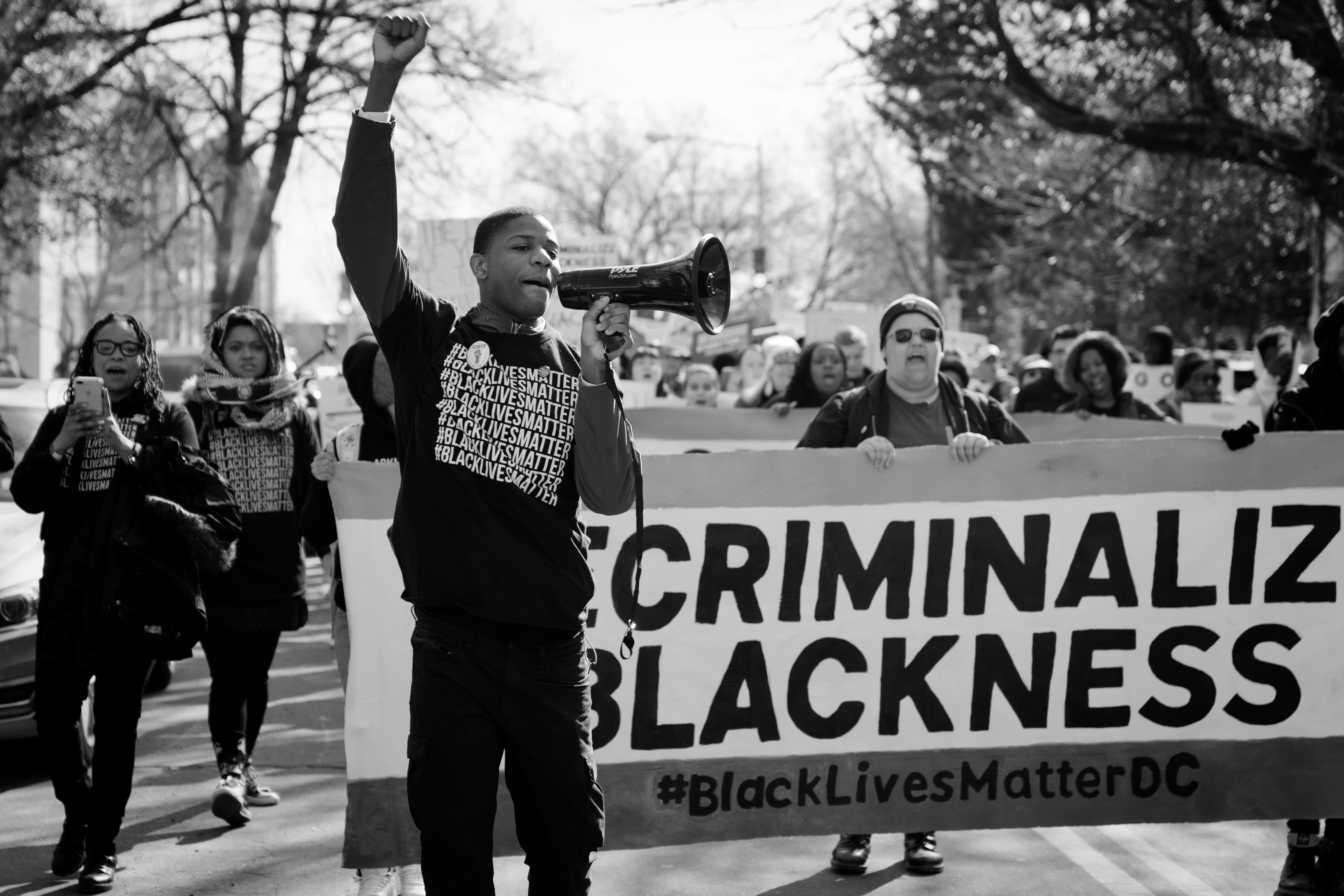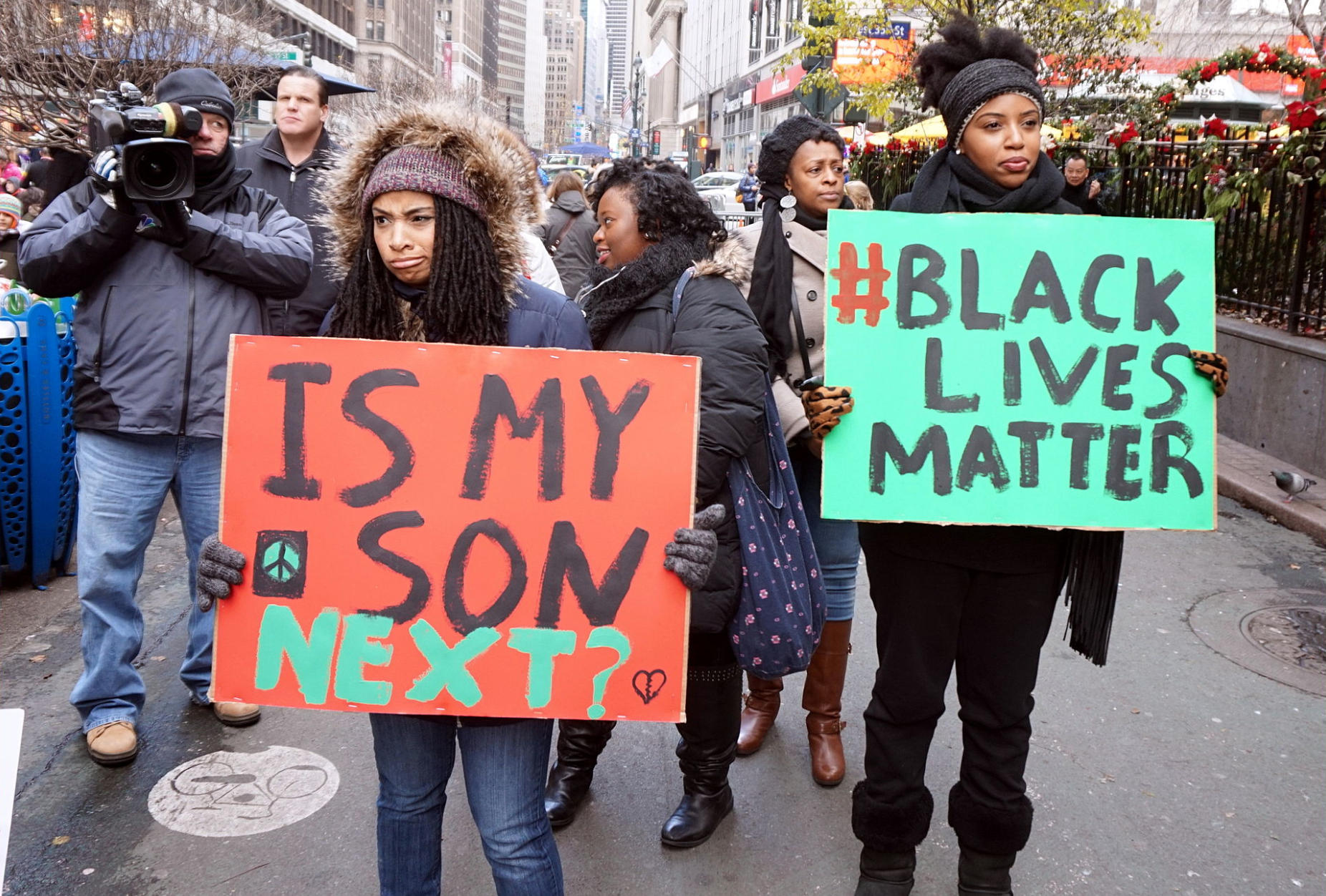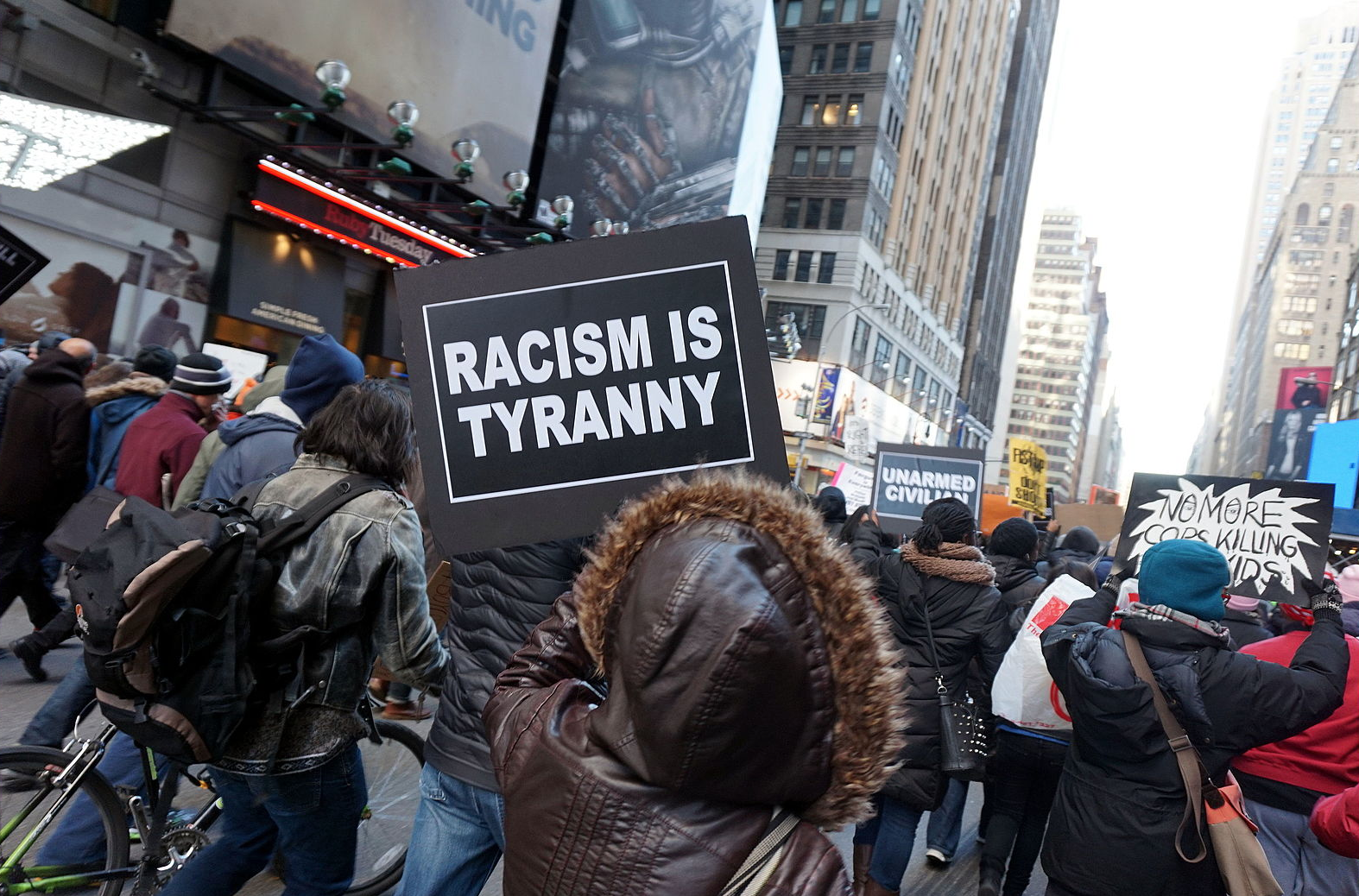
Types of Articles
Unlike many other journals, Blackletter/JREJ has published a wide range of content over time. At its inception, as a newsletter, it curated political commentary and opinion pieces, but also ads for local businesses and events relevant to Blacks at and around Harvard. When it became a journal it compromised between “law review” type articles and less formal content, so in addition to pure academic legal scholarship it published interviews, notes, and tributes to famous Black scholars and intellectuals. On numerous occasions journal editions have focused on a single topic, such as the Black family in 1987, or the anniversary of Brown v. Board of Education in 1990; often these journal editions supplemented a symposium on the same topic. In recent years the journal has been more reactive, selecting content based on what is submitted and covering a range of subjects in one issue.

Range of Content
CHRONOLOGY:
What is now the BlackLetter Law Journal, used to be the Journal on Racial and Ethnic Justice which originally started as the Blackletter, a community newsletter for Black students at Harvard Law School.
-
1975: Blackletter founded as a community newsletter for Black students at HLS. The project was supported by then BLSA President Loretta Argrett, as part of her effort to lead BLSA in doing more community service projects. (Ogletree, From Dred Scott to Barack Obama: The Ebb and Flow of Race Jurisprudence, 7)
-
Early 1980s: Blackletter puts activism “at the heart and soul of the blacks students’ agenda” by reflecting the pressing issues Blacks on campus fought for at the time, such as faculty diversity. It also played a role in forming the first-ever HLS Black Alumni Association (Ogletree, From Dred Scott to Barack Obama: The Ebb and Flow of Race Jurisprudence, 7)
In the mid-1980s, the newsletter transitioned into a full-fledged academic journal, The Blackletter Law Journal. It maintained a strong focus on the Harvard community and its surroundings.
-
1984: The Blackletter Law Journal was founded. It was affiliated with BLSA, and focused on critical legal theory, racial justice writing, and topics like affirmative action. (Harvard Law Record, October 5 1973) The Journal focused on creating a forum for writing, dialogue on issues affecting Black community, with the aim of promoting racial equality. It also included info on meetings, public events, political events, speakers, social events, job opportunities, Big Brother/Big Sister events. (Ogletree, Harvard Blackletter Journal: Celebrating a Decade of Excellence, 2)
-
In creating a journal the founding members explicitly sought to fill a gap, as there weren’t many outlets for Black scholars to publish in, particularly on issues beyond civil rights. (Lateef Mtima)
-
The founding of the journal represented a shift from newspaper- and editorial-style content to scholarly/academic pieces, especially when it formally became a journal in 1980s. (Ogletree, Harvard Blackletter Journal: Celebrating a Decade of Excellence, 3)
-
The first editors of the journal put it best: “Since its inception over five years ago, the Blackletter has provided a voice for black expression at Harvard Law School in the form of essays, interviews, poetry, and news reporting. Beginning with this issue, we will be concentrating on providing scholarly presentations of legal issues of interest to blacks. Our intention is to make the Blackletter Journal into a ‘law review quality’ publication without some of the stylistic constraints of other law reviews.” Joe Mitchell; Lateef Mtima, New Directions, 1 Blackletter J. 3, 4 (1984)
-
Mid-1980s: Blackletter begins publishing more scholarly pieces, such as Professor Derrick Bell’s piece arguing the promises of Brown v. Board of Education were yet to be realized, in the 1984 issue; and Mario Baeza’s work about how SCOTUS decisions on telecomms regulations affect race in the 1985 issue. (Ogletree, From Dred Scott to Barack Obama: The Ebb and Flow of Race Jurisprudence, 8)
-
1987: The journal publishes only articles relating to law and the Black family.
-
1988: Blackletter had evolved into a part legal scholarship, part guidebook for Black students at HLS. Its issues included heavy-hitting articles but also political commentary, notes and advice from professors, listing of Black-owned establishments in greater Boston area. (Harvard Law Record, Camson Clark, Black Lawyers and the Blackletter)
-
1989: The Blackletter comes out with special issue celebrating two decades of service by Thurgood Marshall, an issue that included published pieces by legal scholars such as Professor Charles Ogletree, Judge Constance Baker Motley, Professor William Fisher, and Professor Kathleen Sullivan. (Ogletree, From Dred Scott to Barack Obama: The Ebb and Flow of Race Jurisprudence, 8)
By the 1990s the Blackletter Law Journal had become one of the premier journals for scholarship on race and the law. It attracted more and more famous scholars and commentators to its masthead, and began publishing on a wider range of issues.
-
1990: The journal commemorated the 35th anniversary of the Brown decision with a series of articles pertaining to Brown’s legacy, ultimately taking a critical perspective on the failure of America to achieve what Brown intended.
-
1990s: Blackletter began publishing more articles by renowned legal scholars and commentators, including on controversial issues such as police brutality. (For example, Kevin P. Jenkins, Police Use of Deadly Force Against Minorities: Ways to Stop the Killing, 9 HARV. BLACKLETTER L.J. 1 (1992))
-
The journal shifted over time from an emphasis on problems facing Blacks at Harvard Law, to problems related to the Black community overall. (Ogletree, Harvard Blackletter Journal: Celebrating a Decade of Excellence, 3)
-
In the 1990s the journal published some international content for the first time, such as Race Relations Law in a Reformed South Africa by Thomas G. Krattenmaker in the 1993 edition.
Starting the in 2000s the journal expanded its focus further, and began publishing pieces that did not focus predominantly on the Black community.
-
Early 2000s: The Journal starts publishing some explicitly non-Black content, such as The Rhetoric of Resistance: Islamism, Modernity, and Globalization by Aliya Haider in 2002, and A Discovery of Sorts: Reexamining the Origins of the Federal Indian Housing Obligation by Virginia Davis in 2002.
-
In the 2000s there were also a number of editions that focused on a single topic based on a symposium, such as “Border People and Anti-Discrimination Law” in 2001, or “Reparations Symposium” in 2004
-
2006: That year’s journal edition was dedicated entirely to commemorating Charles Ogletree, including a piece by Angela J. Davis about their relationship at Public Defender Service in DC.
-
On rare occasions the journal would publish articles not really related to race or ethnicity, e.g. Restructuring the Framework for Legal Analyses of Gay Parenting by Lauren Schwartzreich.
2009 was the last year the Blackletter was published under its old name – in 2010 it became the Journal on Racial and Ethnic Justice (JREJ), in response to student concerns that its name was being misinterpreted.
-
2010: The Blackletter was renamed to the Journal on Racial and Ethnic Justice. However in its early years as JREJ, it maintained a focus on issues pertaining to the Black community and on creating a space for Black scholars to publish.

Audience

